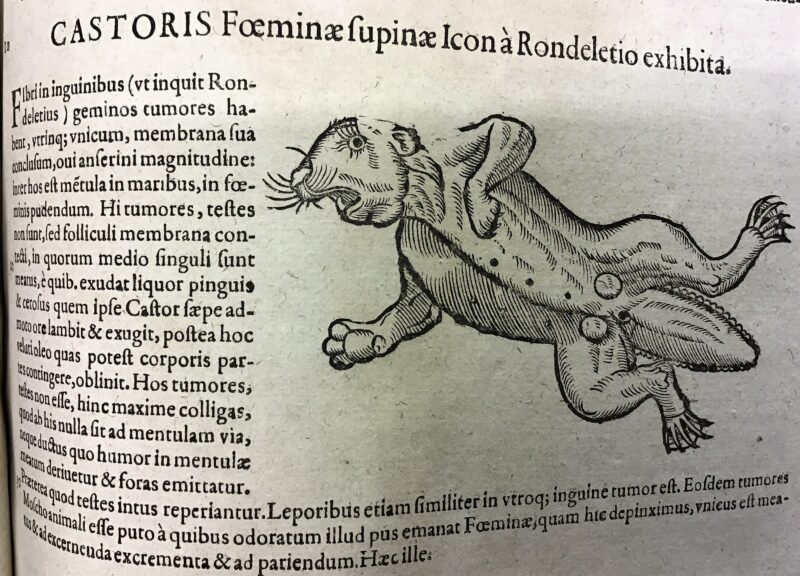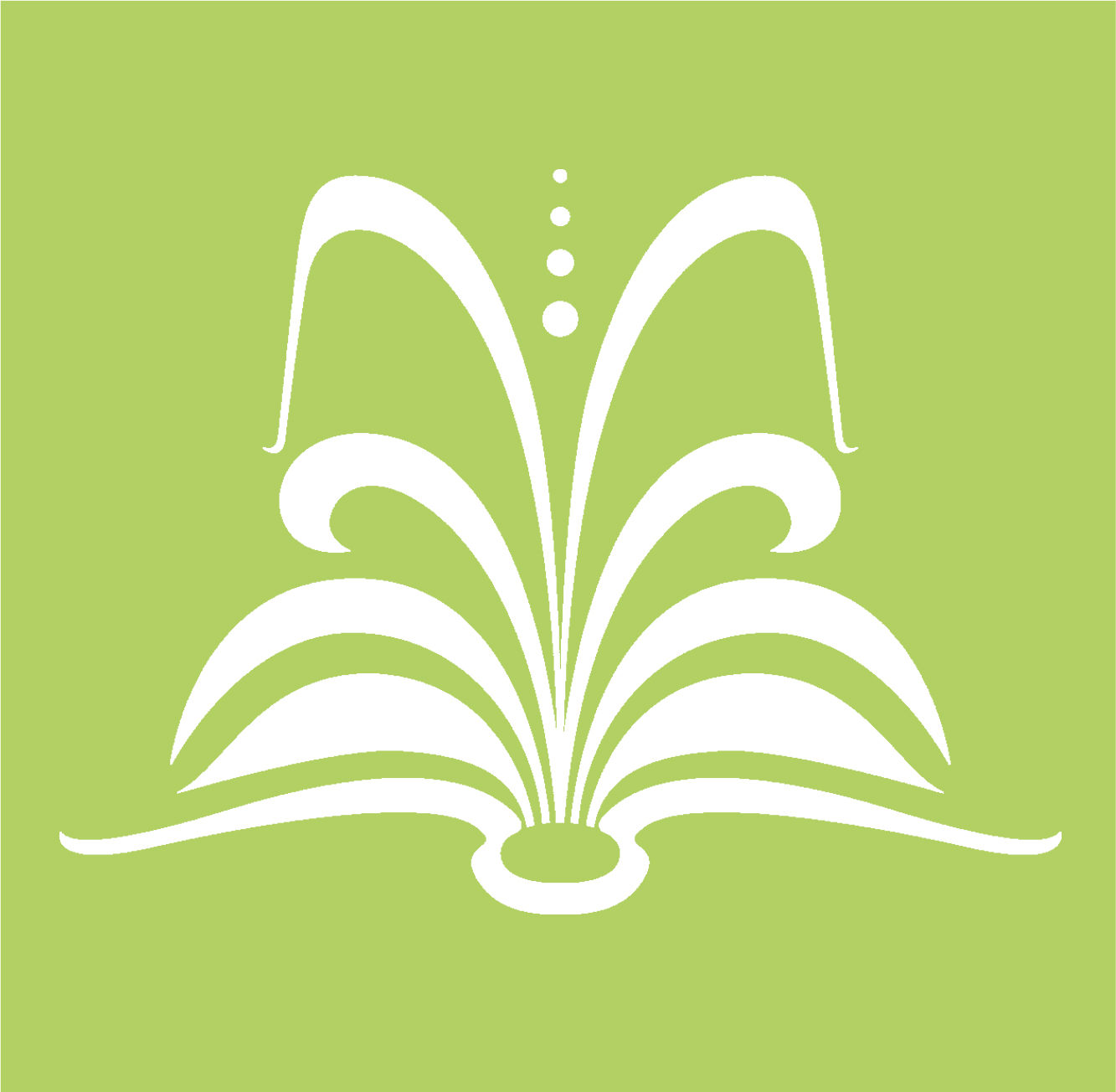by admin | Jul 20, 2021 | Blog, News
Morrab Library is open to members (and their guests), but not to visitors, at this time. Here are our current opening arrangements:
- We are open Tuesday to Saturday 10.00am – 4.00pm.
- You no longer need to make an appointment to visit the library to borrow books.
- We continue to take room bookings for the first floor, so you can reserve a desk at which to work. Reserved desks are labelled accordingly, so if you haven’t pre-booked but find a table that has not been reserved, you are welcome to use that.
- Entry to the library is via the reception room where we’ll ask you to sign in for track and trace purposes, or use the mobile app to scan your location using the QR code.
- While it is no longer mandatory to wear a face covering whilst moving around the building, staff will continue to do so – please consider doing so as well. This is so that everyone may feel safe when visiting, and will also reduce the risk of closure. Hand sanitiser is also freely available throughout the building.
- Library books should be returned to staff and volunteers at the reception desk.
- The Photo Archive is open on Thursday mornings to members and visitors by appointment. Please arrange this in advance by emailing photoarchive@morrablibrary.org.uk, or calling the library to pass on a message to the team.
- The members’ common is partially reopened, and it is possible to make a cup of tea or coffee in the kitchen and take it with you around the building as before. At this stage however, it isn’t possible to remain in the kitchen beyond preparing your drink.
by Lisa Di Tommaso | Jul 17, 2021 | Blog, Uncategorized
Dr. Richard Austin Freeman (1862 – 1943) was a British writer of detective stories, very much in the style of Arthur Conan Doyle’s Sherlock Holmes. Library member Martin Crosfill has written a fascinating insight into the author and his character, Dr John Evelyn Thorndyke.
Dr Thorndyke: The First Professional Forensic Pathologist in Fiction?
On the Cornish fiction shelves is a book entitled “The Shadow of the Wolf ”. It is of interest partly because the action is centered around Penzance and the Bishop Rock Lighthouse, partly also because it is the first ‘inverted’ detection story. The identity of the murderer is revealed early on and the meat of the tale is concerned with the process of detection. Here is a short outline of the author’s life and work. The argument that the laurel belongs to Sherlock Holmes will be welcomed and challenged.
Click here to read Martin’s blog….
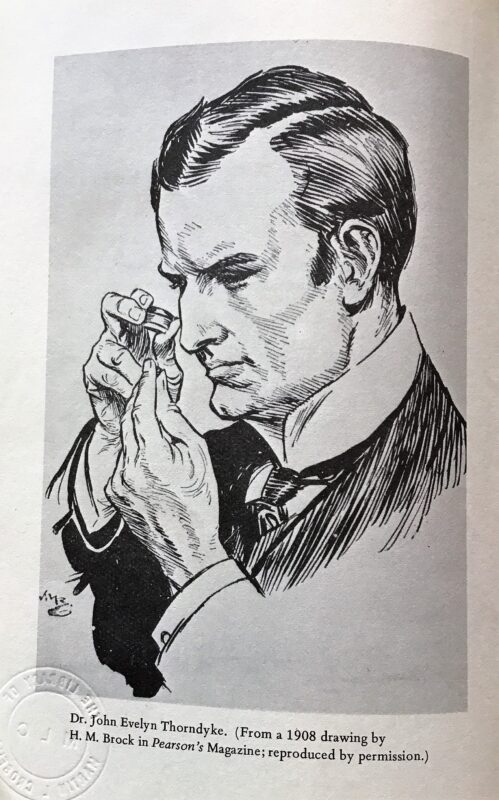
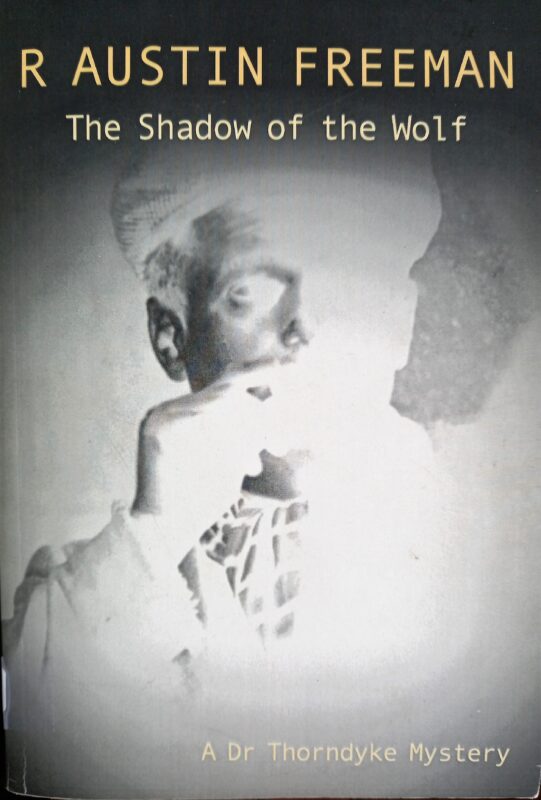
by Lisa Di Tommaso | Jul 3, 2021 | Blog, Morrab Library
Morrab Library has welcomed a new intern in the last few weeks. Eliza McCarthy is an English Literature student at the Penryn campus of Exeter University, who have funded Eliza’s project through their Access to Internships programme. Halfway through her time with us, we wanted to share how Eliza’s research is progressing, and her thoughts on the library so far….
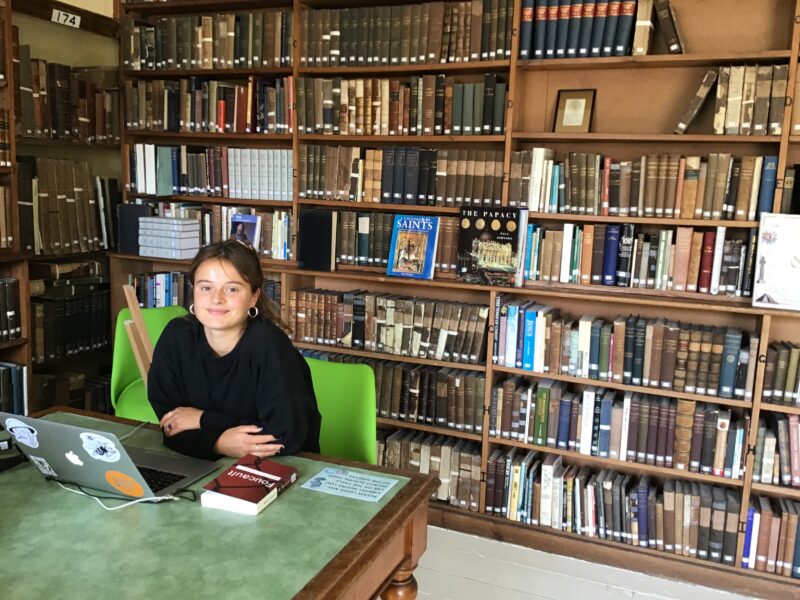
Over the course of the last month, I have been working with the extensive archive at Morrab Library on John Thomas Blight. The prolific artist and archaeologist is a familiar face around the library (his portrait hangs on the wall just outside the loo) and it has been a great pleasure to work so closely with a collection so integral to the rich history of Morrab Library.
The archive contains incredible diaries from his time at St Lawrence’s asylum in Bodmin, letters to friends and contemporaries, intricate line drawings and pages of rough sketches of sites across Cornwall. Looking through the archive, it is jarring to see such obvious evidence of Blight’s gradual downfall. His earlier sketchbooks contain countless rough sketches of familiar sights throughout West Penwith, drawings of local wildlife which are exquisitely detailed (my favourite being a small seagull, captioned ‘Little Bustard’. Clearly they’ve always been a nuisance). The later diary entries from Blight’s time at St Lawrence’s are just as detailed despite the fact his world suddenly became much smaller, with meticulous portraits of the faces of those confined alongside him, the interior landscape of the hospital, a rug, the bedframe, the heel of his newly darned sock…
It is very evident from Blight’s work, his profound, but sometimes entirely nonsensical musings crammed into tight corners of small notebooks (there must have been a paper shortage) that he so desperately wanted to leave an impression behind him, to be remembered like some of his more privileged contemporaries. Ironically, he was silenced and forgotten about within his own lifetime, swallowed by the social stigma that surrounded his poor mental health.
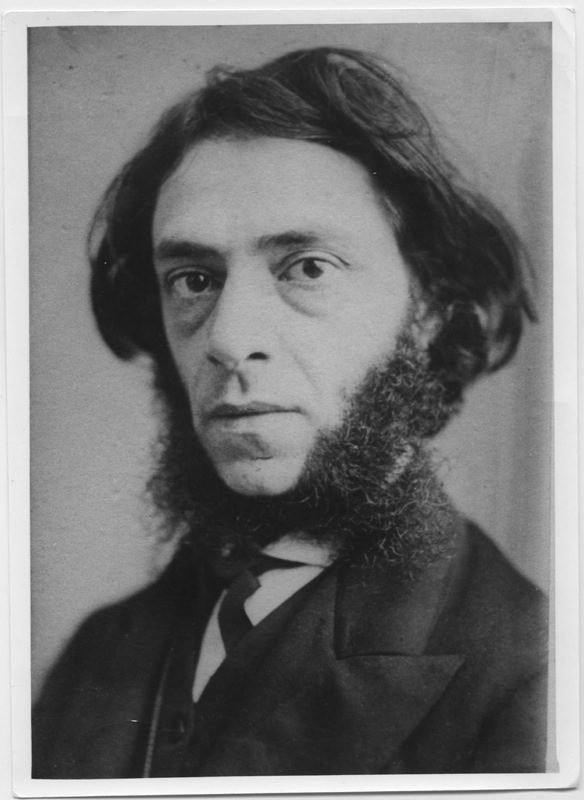
Of course, Blight’s somewhat sad story is well known by many of the library community. However, the goal of this project is to inject a little life into the archive, culminating in a research project that will explore some lesser known areas of the Blight story which perhaps deserve more academic attention than they initially received. I want to delve a little deeper into Blight’s time at St Lawrence’s Hospital, using his story as an anchor to Morrab Library whilst exploring the wider topic of the treatment of the ‘mad’ in the 19th Century, and what it meant on a social level to be deemed insane.
A huge thank you goes to Morrab Library for letting me come in and (gently) rifle through this incredible collection of work, and to Lisa for supplying me with chocolate and various other delightful confections whilst I do it.
by admin | May 19, 2021 | Blog, Morrab Library, News
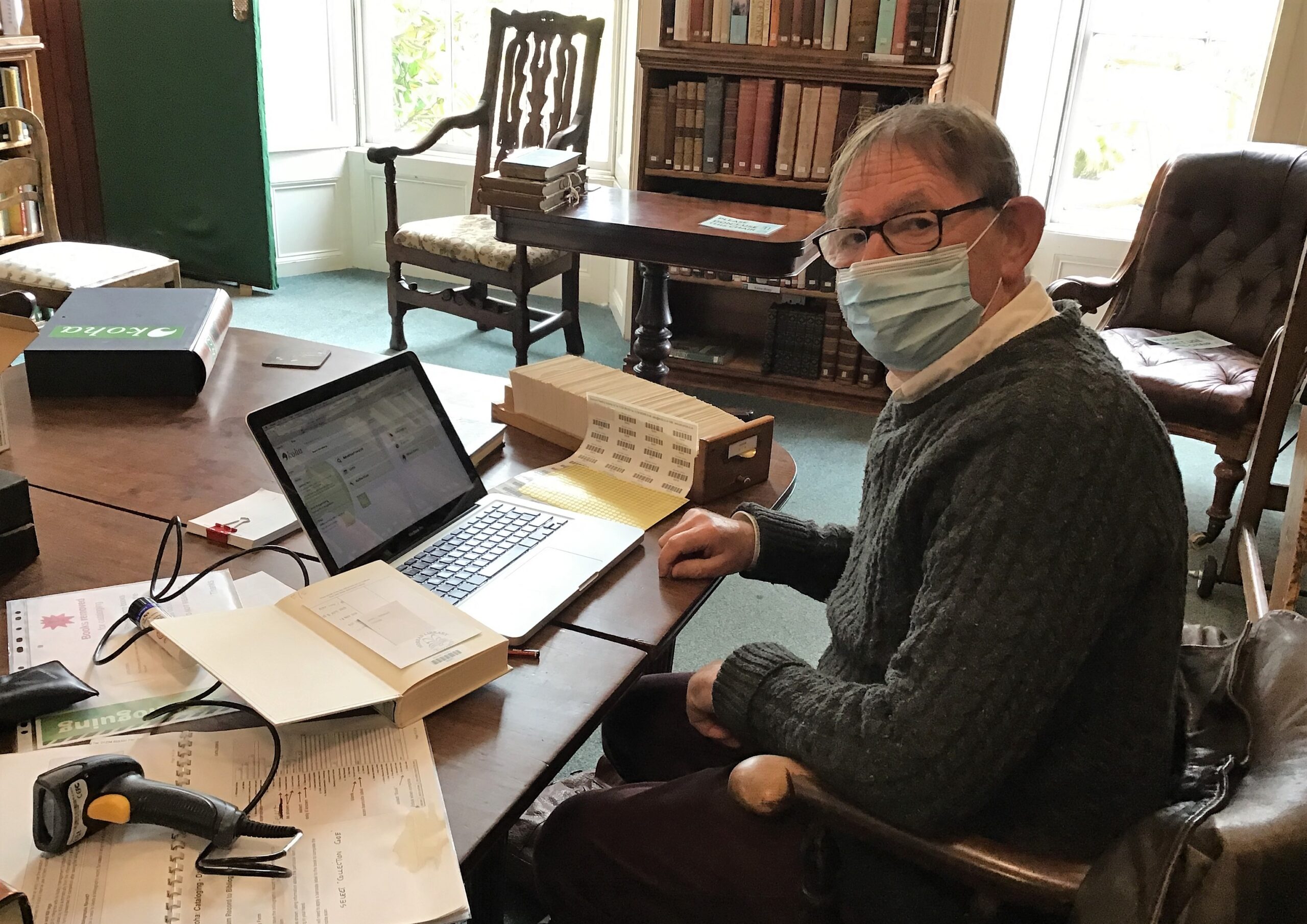
We thought you’d like to know about a rather significant milestone in the history of Morrab Library. Friday the 14th May saw us catalogue our first library book into KOHA, our new online library system.
Member, volunteer and former Chair Peter Chapman had the honour of barcoding the first of our many thousands of books, and adding the record to our catalogue – it was Annabelle Abbs’ Frieda, by the way!
This is a small but important step in our aim to improve access to our collections. By making our books searchable online, you will all be able to truly discover the extent, and the magic, of our collections, even the ones on the high shelves!
You’ll have to be patient though – we have a lot of books, so it will be quite a number of years before we have completed the retrospective project, but we do feel it’s worth the effort involved! There won’t be any changes to the way you search for or borrow books just now, but we will provide regular updates on progress.
The project is currently in its pilot phase (starting with the fiction collection), with Peter and our Honorary Librarian, Harry Spry-Leverton, testing things for us, but soon we will be looking to recruit some more volunteers to help with the cataloguing, so we’ll put the call out when we’re ready.
A big thank you to Sue Garwood, our Assistant Librarian, who used the lockdown periods very productively coming to terms with KOHA, and to Dr Vivian Cothey, member and cataloguing expert, for his brilliant advice and guidance.
by admin | Apr 7, 2021 | Blog, Morrab Library, News
Morrab Library will be opening again on the 14th April, although still in a very limited capacity. The necessity to keep staff, volunteers and members as safe as possible remains our first priority, and we will need to continue to work within the context of health and safety legislation and best practice guidelines for libraries to achieve this.
It needs to be said that while the staff will do all it can to make the library as safe as possible, we cannot of course guarantee it 100%, so each member will need to make their own decision about whether they feel they can visit.
Opening hours and access
- The library will open Wednesday, Friday and Saturday from 10.00 am to 3.30pm.
- The library will be open for book loans and returns, and for readers who wish to book a workspace on the first floor or access the newspaper collection.
- Entry will be by appointment only. We need to be very strict about how many people can safely be in the library and share spaces at the one time. You can email us at : enquiries@morrablibrary.org.uk or telephone 01736 364474 and leave a message with your name and contact entails – staff will contact you to arrange an appointment.
- Please don’t try to visit unless you have received confirmation of your appointment time. We do not want you to have to queue outside for any lengthy period.
- Please book for an appointment as far in advance as you can to avoid disappointment.
- You do not need to make an appointment if you are only returning or collecting books and do not wish to enter the building beyond the entrance foyer.
- When you come to borrow books we will be able to welcome you for a visit of 30 minutes. If you are isolating as a household, a couple or family can come in together.
- Only library members (or members of their household) will be able to access the building – we will sadly not be able to welcome any visitors at this stage, unless they are expressly wishing to join as a new member.
- We cannot accept any book donations at this time.
- The Photo Archive will not be open to visitors on Thursday mornings at this time, but please email photoarchive@morrablibrary.org.uk, or call the library and we can pass on any enquiries.
While you are with us
- It will not be possible to remain in the library beyond choosing or returning books, or working in your reserved room.
- Hand sanitiser will be on offer at the front door, and we will ask that you make use of it BEFORE entering the building. There are additional hand sanitising stations throughout the building.
- It is a legal requirement that you wear a face covering whilst moving around the building, unless you have a legitimate reason for not being able to do so.
- Social distancing practices will be in place (working to the 2 metre rule) and staff will be working behind a temporary screen.
Loans and Returns
- If you are returning library books, please bring them in a bag (preferably one you don’t want back), and include a note with your name on it. There will be special boxes in the foyer where you can leave them – in keeping with health and safety guidelines, they will need to be quarantined for 72 hours before staff can process them.
- The lifting on restrictions on the number of loans will remain, meaning you can borrow more than six books at a time. If you don’t feel comfortable coming to the library yourself, you can nominate a fellow member, friend or family to borrow and collect books on your behalf.
- We will be offering a collection service. If you send us a list of titles you are seeking, we can check our holdings and the shelves, and if they are available, we can bag them up and leave them for you or a friend or family member to collect from the foyer, so you won’t have to come into the rest of the building.
- The magazines and newspapers normally located in the Reading Room will be moved to the tables in the Jenner Room, and be available for loan.
Amenities
- The ground floor toilet will be available, but we ask that it be accessed only if completely necessary. Please leave the space as clean as possible after use. A hand sanitising station will be located just outside.
- Sadly, the kitchen will be closed to members, and not accessible.
- Lockers will not be in use. Bags must remain with you. They cannot be left at the desk or elsewhere.
- The till will be in operation for book and other sales, donations and new memberships and renewals. Payment by card is our preferred option, although we will accept cheques and cash. Appropriate hygiene measures will be in place for using the till.
- The photocopier will only be available for the use of library staff, but we will happily copy anything you need on your behalf.
- The lift will be in operation and hand sanitising stations will be available in the foyers on each floor.
- Parking at the library should generally be possible during this time, although if you would like to be guaranteed a parking spot, please let us know when you make your appointment.
Cleaning
- Library staff will carry out regular cleaning of ‘hotspots’ around the building throughout the day, such as door handles, stair bannisters and the toilet.
- We will also undertake a deep clean of the library after hours each day.
- Desks, chairs and other items will be cleaned in between room appointments.
Please contact the Library (enquiries@morrablibrary.org.uk), or leave a message on 01736 364474 and we’ll call you back, if you have any questions or concerns.
We would also like to offer my assistance to any of you who will need to continue to self-isolate and won’t be able to visit, or do not have anyone who can borrow books on your behalf. Please get in touch so we can find a way to help you if we can.
I know this remains a less than ideal situation, but hopefully it won’t be too much longer before we can return to the normality of the Morrab Library we all love so much. Thank you so much for your wonderful support throughout lockdown, and as we move forward into the new year.
Lisa Di Tommaso
Librarian
by Lisa Di Tommaso | Mar 26, 2021 | Blog, Morrab Library
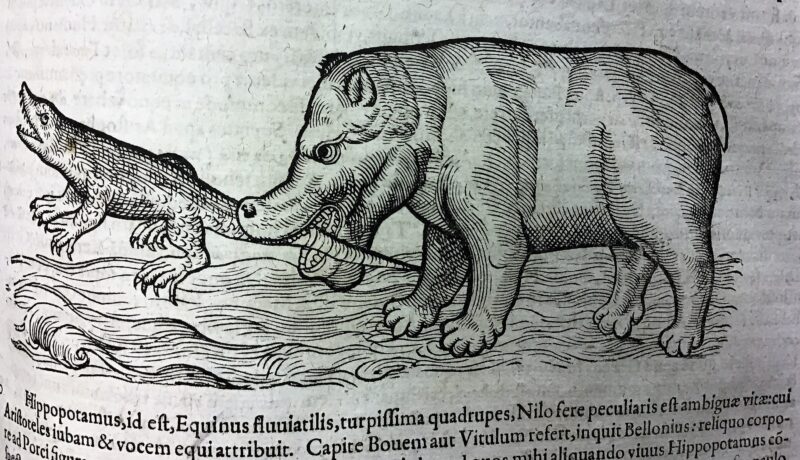
Humans have been drawing what they see of the natural world for over 40,00 years. Initially capturing images on rocks and in caves, this evolved over many centuries into hand drawn depictions and written descriptions being recorded in manuscripts. The development of the printing press in the 15th century changed everything – it was the first time mass produced books, complete with images, could be disseminated to a far wider audience than ever before. This, alongside developments in shipbuilding which allowed further travels afar, generated enormous interest and a huge demand for knowledge about the natural world beyond people’s own geography.
This period heralded the time that the science of natural history emerged, when many naturalists tried to make sense of the world, studying, collecting and classifying species and publishing compendiums and encyclopedias. This was also still a time when people accepted myths, legends and monsters as reality, so it was not unusual to believe in both science and the existence of dragons and unicorns.
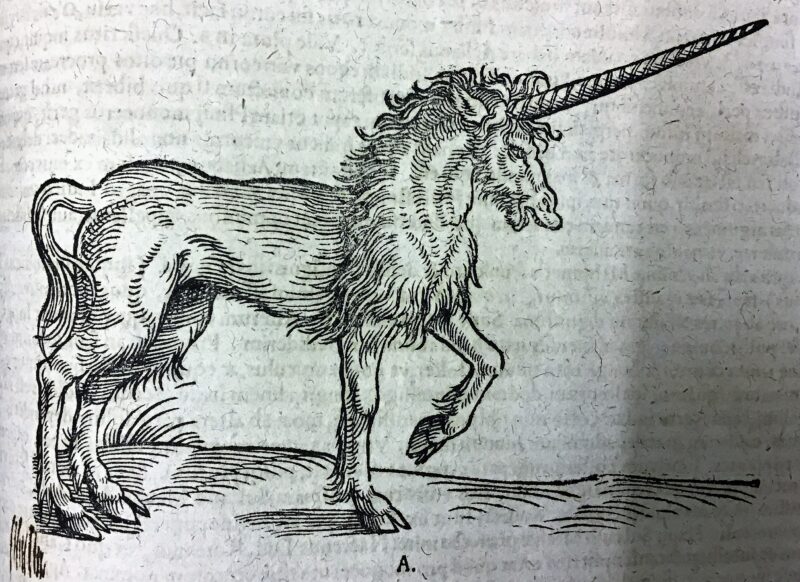

Many published naturalists at this time didn’t travel far. Instead they relied on (sometimes distorted) descriptions of animals that fellow travellers and explorers had seen in order to create an image. As a result, depictions of animals weren’t always entirely accurate, and mythical creatures such as satyrs, hydras and sea monsters were often to be found depicted in the pages between horses and geese. They couldn’t prove that the creatures described didn’t exist, and there was no David Attenborough on hand to tell anyone otherwise, so everything was included. For example, many sailors told of amazing sea creatures and mermaids on their journeys, but it must be remembered that fresh water wasn’t available and rum was the drink of choice onboard! They may well have just been exaggerations of quite normal, or now extinct, sea creatures.
One of the earliest published naturalists was Conrad Gesner. A Swiss national who rarely travelled far and who died from the plague at the age of 49, he published widely on a number of subjects. His magnum opus however was the five volume Historia Animalium (1551-1558), comprising more than 4,500 pages of images and descriptions of all known creatures at that time. He combined information from his research of historic sources, such as the Old Testament, Aristotle and Pliny, as well as folklore and medieval bestiaries, with his own observations to create the first comprehensive description of the animal kingdom. Historia Animalium was also one of the first books to be illustrated with woodcuts drawn from personal observations by Gesner and descriptions from his colleagues. It was published in the two recognised scientific languages of the day – Latin and Greek.

The book wasn’t without its controversy. Pope Paul IV added Historia Animalium to the Catholic Church’s list of prohibited books. Gesner was a Protestant and the Pope felt that his faith contaminated his observations and writings.

The legacy of Gesner and other naturalists of his time cannot be underestimated. They were the people who established the basis of the science of zoology, classification and taxonomy – the first to try to categorise like groups of species together. Their drawing style and technique still influence the way scientific illustration is presented today. And the volumes provide an important snapshot into society’s knowledge, and beliefs of that time, where mythology and science were beginning to disconnect.
Morrab Library is fortunate to hold the first two of the five volumes of Historia Animalium in its collections. Our editions are dated 1617-1620, around 70 years after they were first published, and they are a very special treasure amongst our collections.
Lisa Di Tommaso, Librarian
